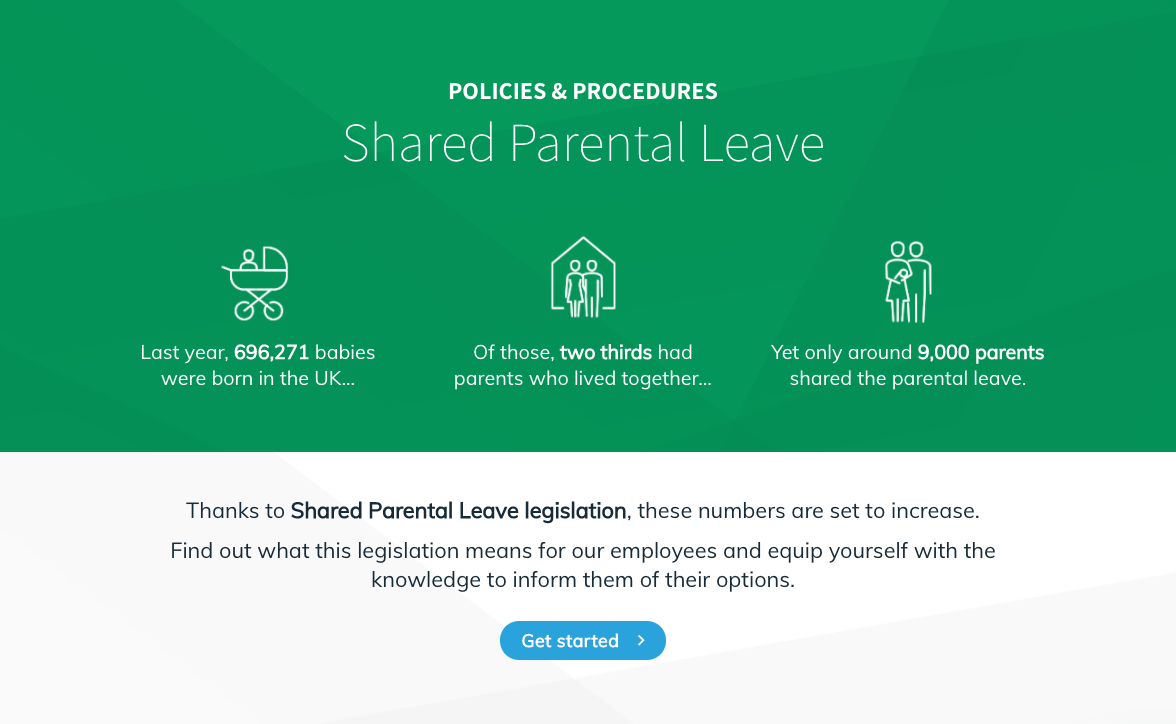3 Strategies (With Examples) To Improve Compliance eLearning
In a Towards Maturity In-Focus report, "Solving the Compliance Conundrum", 89% of the ethics and compliance professionals surveyed said they want to ensure that compliance training informs business strategies and key decisions. 95% said they want to use compliance training to help change working culture.
But despite having faith in what’s possible, many are struggling to turn these aspirations into reality. Lengthy compliance courses and measuring them through completion or time spent is still all too common. So, how can you break out of this unhealthy approach and offer compliance eLearning that respects people’s time and has the desired impact?
Flip Teach Then Test: ‘Test-out’
The traditional approach to eLearning tends to focus on a "teach then test" approach. But what if your audience already knows their stuff? Are you going to take up an hour of their time clicking on something they already know? Try flipping this approach by putting your quiz right at the start. This is a great approach for annual compliance training. The quiz results will reveal who has remembered everything from last year and who needs a recap.
By understanding where each learner is starting from, you can direct each person only to what they actually need using branching. This can be a huge time-saver and avoid the eye rolls and frustration of employees going over the same old content time and time again.
Be Human To Hook Learners In
Your first page is where you need to grab your audience’s attention and make them feel like this is going to be a worthwhile use of their time, rather than yet another boring policy they have to read.
Think about the difference between the following 2 paragraphs:
In this course, you’ll learn about the new UK legislation on shared parental leave. Our company has a responsibility to comply with this legislation, so it’s important that you make this a priority.
VS
Last year, 696,271 babies were born in the UK, but only 9,000 parents took shared parental leave, missing out on those precious early months. Thanks to Shared Parental Leave legislation, these numbers are set to increase. Be part of the change by equipping yourself with the knowledge to inform your team of their options.
The second paragraph taps into the purpose and human side of parental leave, helping to draw the audience in and make them part of the change. In this shared parental leave example, the content is kept light and stripped back as much as possible—a far cry from an alternative PDF document you could present.
Go behind the scenes of this example to hear about the design choices made.
Offer Personalized Pathways
Knowing your audience is one of the foundations to creating eLearning that will deliver real-life impact for your audience. People simply won’t engage if they don’t feel your content is relevant to them—time is precious, after all.
It’s worth taking the time to create personalized pathways through a course for different segments of your audience. This doesn’t have to involve completely new content or wholesale rewrites; simply using appropriate terminology, referring to people roles correctly and removing pages that aren’t relevant for certain people can go a long way.
The shared parental leave example uses branching to achieve this.
Check out more eLearning examples to inspire your next project.



